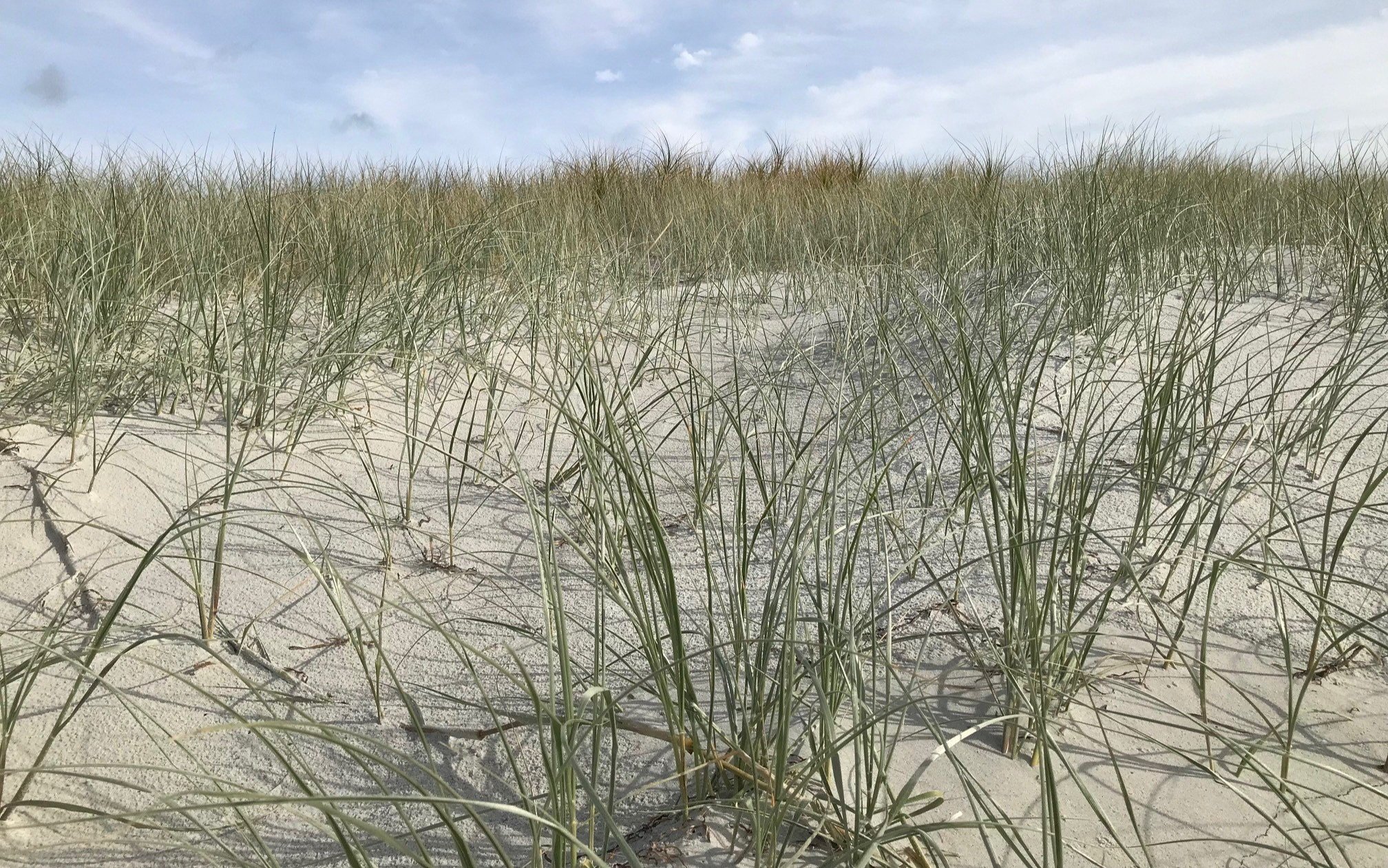
DuneScape
At DuneScape we grow and plant specialised native sand binding vegetation
Our work restores unique biodiversity in a threatened environment, and reconstructs an essential natural buffer protecting people and property from coastal erosion and flooding related to climate change and rising sea levels.

Dune ecosystems have high biodiversity and landscape value
Dunes are the natural buffer between land and the sea
The wider and higher the dune the greater the protection
Coastal dunes have high biodiversity values as an endangered environment type. Also central to their preservation is their precious natural landscape character and coastal amenity values.
A healthy dune can absorb the impact of wave erosion as it creates a natural barrier by storing a reservoir of sand.
Native sand trapping plants (Spinifex and Pīngao) on the seaward face of the dune are essential. These highly specialised plants collect wind blown sand enabling natural dune building and repair following storm erosion.

PROBLEM
These environments are highly degraded which severely limits their ecological function, resilience and buffering role
SOLUTION
Dune restoration is a simple, nature-based solution
It is an accessible, adaptive management strategy that provides action today restoring critical dune habitat and helping to protect people and property from storm surge and sea level rise.
“Beaches and dunes bear the brunt of storm erosion, this is their natural role. Dune vegetation will not stop storm erosion but having a good cover of dune plants is crucial to dune rebuilding afterwards, putting ‘money in the bank’ before the next storm.”
-Northland Regional Council
— Quote Source

